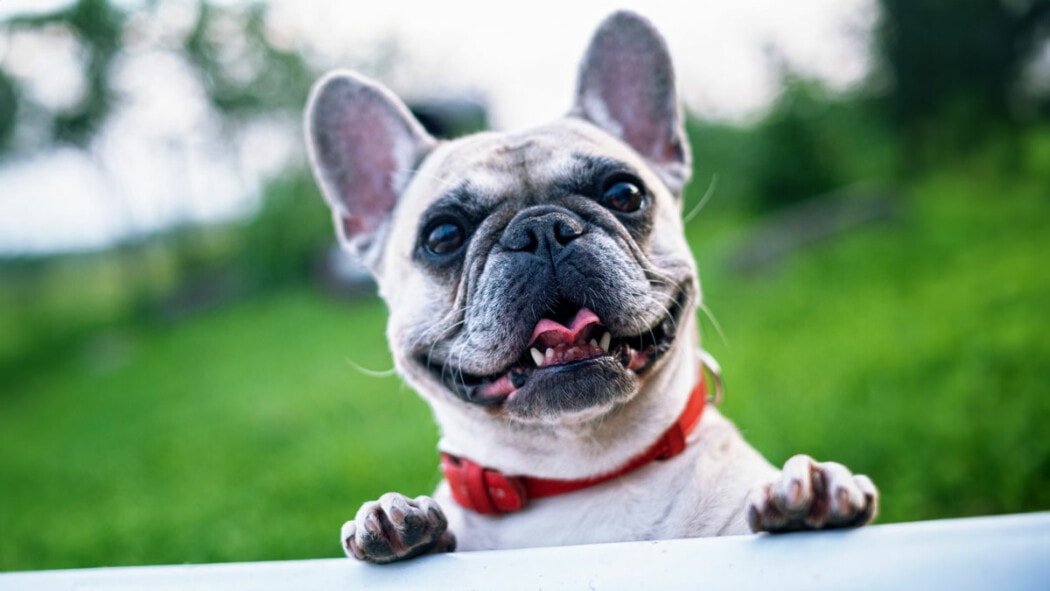Essential oils, derived from various plants, have proven to be an effective way to enhance the well-being of your furry companions. However, just like any other approach, it’s crucial to understand the ins and outs of using essential oils safely for your pets.
This article will dive into the world of aromatherapy for pets and address safety concerns, especially answering the question, ‘Is lavender safe for dogs?’ to ensure you can confidently harness the healing power of essential oils for your beloved dogs.
Calming and Soothing Effects Of Essential Oils

Credit: Pexels
READ MORE: How Many Episodes Will Squid Game Season 2 Have On Netflix?
One of the most remarkable benefits of aromatherapy for pets is its ability to promote relaxation and reduce anxiety. Essential oils like lavender, chamomile, and frankincense can have a calming effect on dogs, helping them cope with stressors such as thunderstorms, separation anxiety, or car rides.
Pain Relief and Healing
Certain essential oils possess anti-inflammatory and analgesic properties, which can aid in pain management and healing for pets. Oils like eucalyptus and peppermint may be used to alleviate muscle discomfort and promote faster recovery from injuries.
Enhancing Sleep Quality
Aromatherapy can also contribute to better sleep quality for your pets. Lavender, in particular, is renowned for its ability to induce relaxation and improve sleep patterns, ensuring your furry friend gets the rest they need.
Addressing Lavender Concerns
Now, it’s time to address the elephant in the room when it comes to aromatherapy for pets — ‘Is lavender safe for dogs?’. There has been some confusion and concern regarding the safety of lavender essential oil for dogs. Rest assured, when used correctly, lavender can indeed be safe for your canine companion.
The cardinal rule of using essential oils for pets, including lavender, is dilution. Essential oils are highly concentrated substances, and applying them directly to your pet’s skin can be harmful. Always dilute essential oils with a suitable carrier oil, such as coconut or jojoba oil, before using them on your pet.
Pets, like humans, may have individual sensitivities and reactions to essential oils. When introducing aromatherapy to your pet, monitor their behavior and well-being closely. If you notice any adverse reactions, discontinue use immediately and consult your veterinarian.
Safe Aromatherapy Practices

Credit: Pexels
READ MORE: Will Scream 7 Be Cancelled After All The Controversy?
Choose High-Quality Oils: Opt for therapeutic-grade essential oils from reputable sources to ensure purity and quality.
Proper Storage: Store essential oils in a cool, dark place, away from direct sunlight and heat.
Age Matters: Be cautious when using essential oils with puppies, kittens, or elderly pets, as their systems may be more sensitive.
Avoid Sensitive Areas: Keep essential oils away from your pet’s eyes, nose, ears, and genital area.
Use Sparingly: Less is often more when it comes to essential oils for pets. Start with a minimal amount and gradually increase if needed.
Positive Association: Associate aromatherapy sessions with positive experiences for your pet, such as playtime or treats, to create a positive association.
Final Thoughts on the healing power of essential oils for pets

Credit: Pexels
READ MORE: When Will The Live-Action Pokémon Series On Netflix Be Released?
In conclusion, the healing power of essential oils, when used responsibly and safely, can significantly benefit your pet’s well-being. Lavender, a versatile essential oil, can indeed be a valuable addition to your pet care routine. Just remember to dilute it properly, prioritize inhalation over topical application, and, most importantly, pay attention to your pet’s reactions. When used with care and consideration, aromatherapy can become a soothing and therapeutic tool to enhance the lives of your furry companions.
What do you make of this feature? Are you going to start using essential oils on your pets? We’d love to hear from you.
















